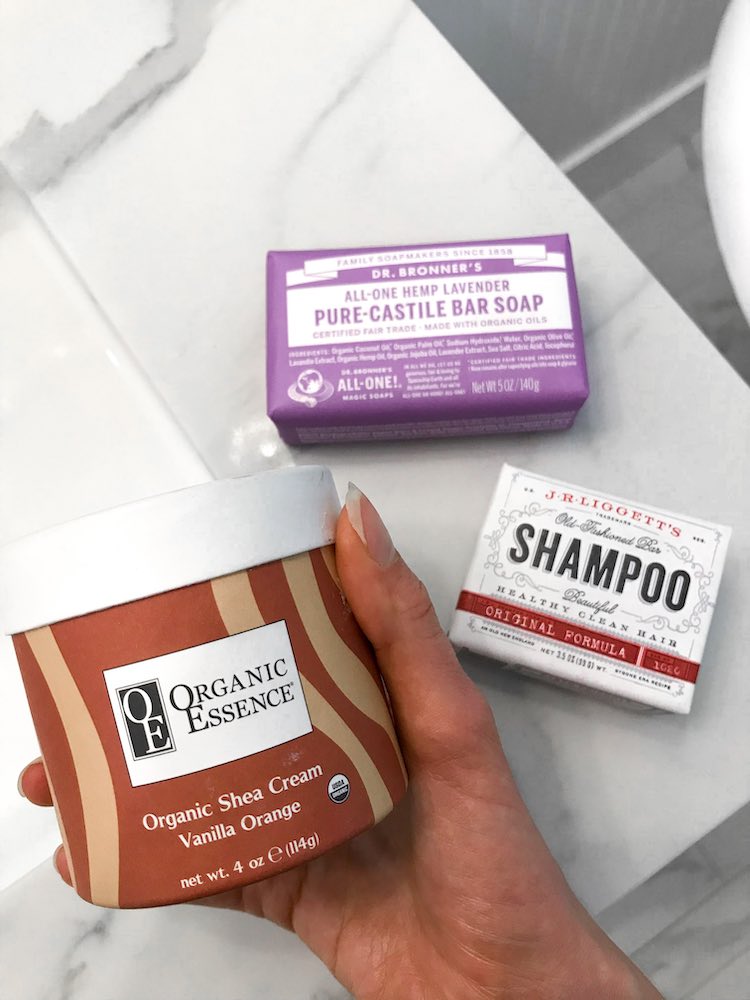One of the many struggles I faced after moving from Florida to Michigan (in winter!) when I was a kid, was making sense out of mangoes, pineapples, and bananas in the grocery stores. I was used to eating them when they were in season in the South, and learned to love the brief bingeing on certain foods.
Don’t get me wrong, I definitely tried bananas in February while it was snowing outside. Inevitably, my ears would close and my head would get congested. I chalked it up to the classic “cold.” How could eating fruit be a bad thing? Wasn’t I supposed to get three servings a day? Well, that depends (classic Ayurveda answer). According to both Chinese medicine and Ayurveda, in addition to its nutrient profile, every food (plant, animal, insect, everything) has a particular energetic make-up. Bananas are very sweet, heavy, wet, and, therefore, very cooling. Great in Hawaiian heat, bad in Midwest winter storms.
Let’s take a look at the fruits that are in season now. Stone fruit, such as nectarines, peaches, and cherries, are waning, as are mangoes in Hawaii. Apples and pears are just coming into perfection and will be available through fall. Persimmons, figs, and pomegranates are just arriving and will have a short, sweet season. The qualities of these fruits are sweet, cooling, heavy, and hydrating. Some fruits, such as pomegranates and apples, can be sour and astringent as well. In terms of characteristics, sour is heating, heavy, and hydrating, while astringency is drying and tonifying. Getting a variety of these fruits throughout the season helps to nurture balanced tissues as we move into deep fall and early winter. One of the easiest ways to find seasonal fruits and produce is to head to your local farmers’ market. It is often more economical, and you get to directly support hard-working, small farms in your area. Also, farmers will often have lots of great ideas of recipes using their produce.
Here is one of my favorite fall recipes, showcasing one of my all time favorite fruits: figs. The first year I lived in California, I overdid them. (I was catching up on decades of being deprived!) One of my first Ayurvedic teachers always said, “Moderation in all things, including moderation.” I hope you enjoy this one, and share it with friends and family:

Figs, Fennel, and Greens Recipe
5 cups baby arugula, spinach, or massaged kale
6 large figs cut in half
½ cup toasted walnut halves
1 cup shaved fennel bulb (soak in water after slicing)
2 oz goat cheese (or toasted coconut for vegan option)
Dressing
3 tbsps olive, avocado, or walnut oil
1 ½ tbsps balsamic vinegar 1 tsp local honey
¼ tsp kosher or sea salt
¼ tsp black pepper
¼ tsp cumin powder














